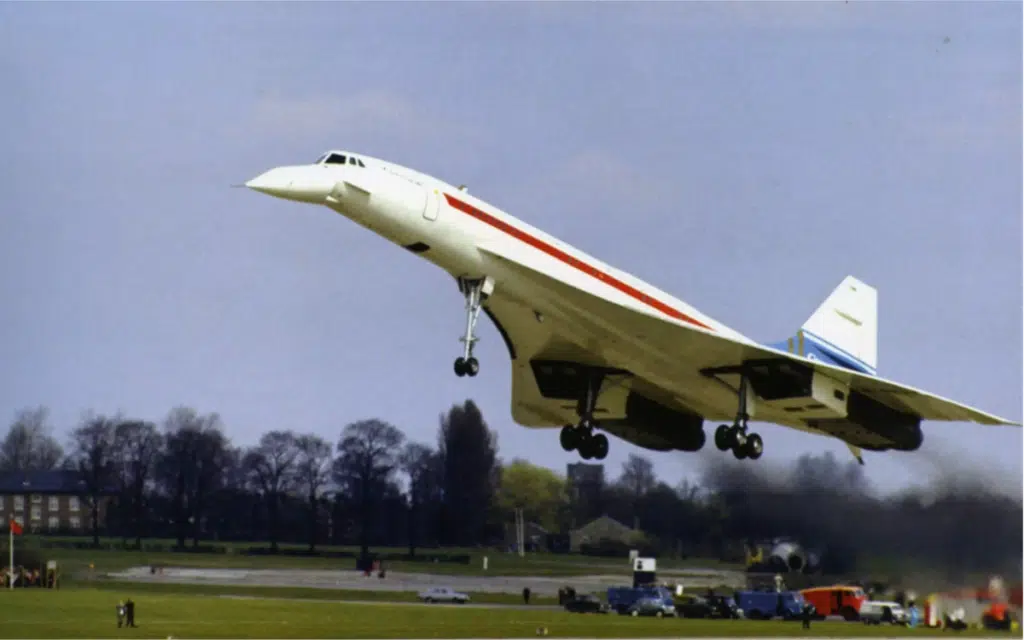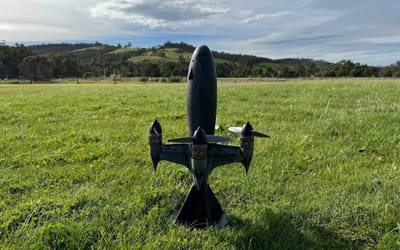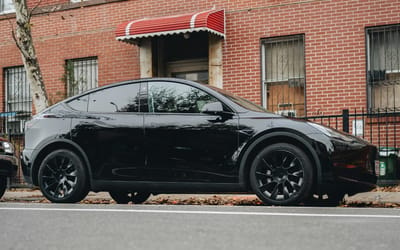In the 1960s Oklahoma City was tortured with jet sonic booms in an attempt to prove something
- Oklahoma residents were subject to eight sonic booms a day in the 1960s
- The tests were to determine if sonic booms would impact everyday life
- Concorde was banned from going supersonic over land after the tests
Published on Feb 23, 2025 at 2:00 PM (UTC+4)
by Henry Kelsall
Last updated on Feb 19, 2025 at 12:39 PM (UTC+4)
Edited by
Kate Bain
Boom Supersonic’s XB-1 prototype recently broke the sound barrier and did so without creating an audible sonic boom on the ground.
The upcoming ‘son of Concorde’ airliner could become the aircraft that overturns a long-standing Federal Aviation Administration (FAA) ban.
The ban, stretching back to 1973, prohibits supersonic flights over land due to noise concerns.
Back in the 1960s, a test was carried out over Oklahoma City in an attempt to prove that sonic booms would not impact everyday life, and well, it went as you would expect.
DISCOVER SBX CARS: The global premium car auction platform powered by Supercar Blondie
Concorde provoked the sonic boom tests over Oklahoma
The late 1960s saw the prospect of Concorde and potentially the Soviet Tupolev Tu-144 conducting overland supersonic flights.
The FAA wanted to test if sonic booms would disrupt the lives of civilians going about their daily business.
No hard data existed about the effect of sonic booms, hence the need for the tests with supersonic commercial aircraft arriving.
To test this, the FAA and the United States Air Force (USAF) chose to conduct six months of flights over Oklahoma City.

The flights would see USAF fighters go supersonic over the city to see how residents would respond.
Fighters such as the F-104 Starfighter were used in the experiment.
Over six months, residents were subjected to 1,253 sonic booms.
That is around eight sonic booms per day, and to the FAA’s and USAF’s dismay, the test was nothing short of a disaster.
Complaints flooded in from residents of the city
As you might expect, residents complained in their thousands.
Time said that nearly 10,000 people complained about damage to buildings up to 16 miles from the flight paths.
The FAA would have to shell out $12,845 to complainants as compensation, such was the anger and frustration that was built up over the six months.
In fact, the test went so badly that it concluded early and the FAA and USAF eventually realized that it was doomed to fail.
The outcome was that Concorde would only be allowed to fly sub-sonic, below Mach 1, over land.
It would then breach the sound barrier over the ocean as it flew from New York to Europe.
The same rule applies across the Atlantic when the aircraft heads to the USA or other destinations such as Bahrain.
The overland supersonic boom ban was also one of the reasons Boeing canceled its 2707 SST project.
American airline giant Pan-Am was an expected big customer of Concorde, but canceled its orders for the jet soon after the ban came into effect.
The Boom XB-1, however, could be the first aircraft to consign the ban to history.
Henry is a content writer with nearly ten years experience, having written for various publications since 2017. Qualifying with a Sports Journalism degree from Staffordshire University, Henry loves all things automotive but has a particular soft spot for classic Japanese cars and anything Lancia. He also has a curious passion for steam locomotives.




